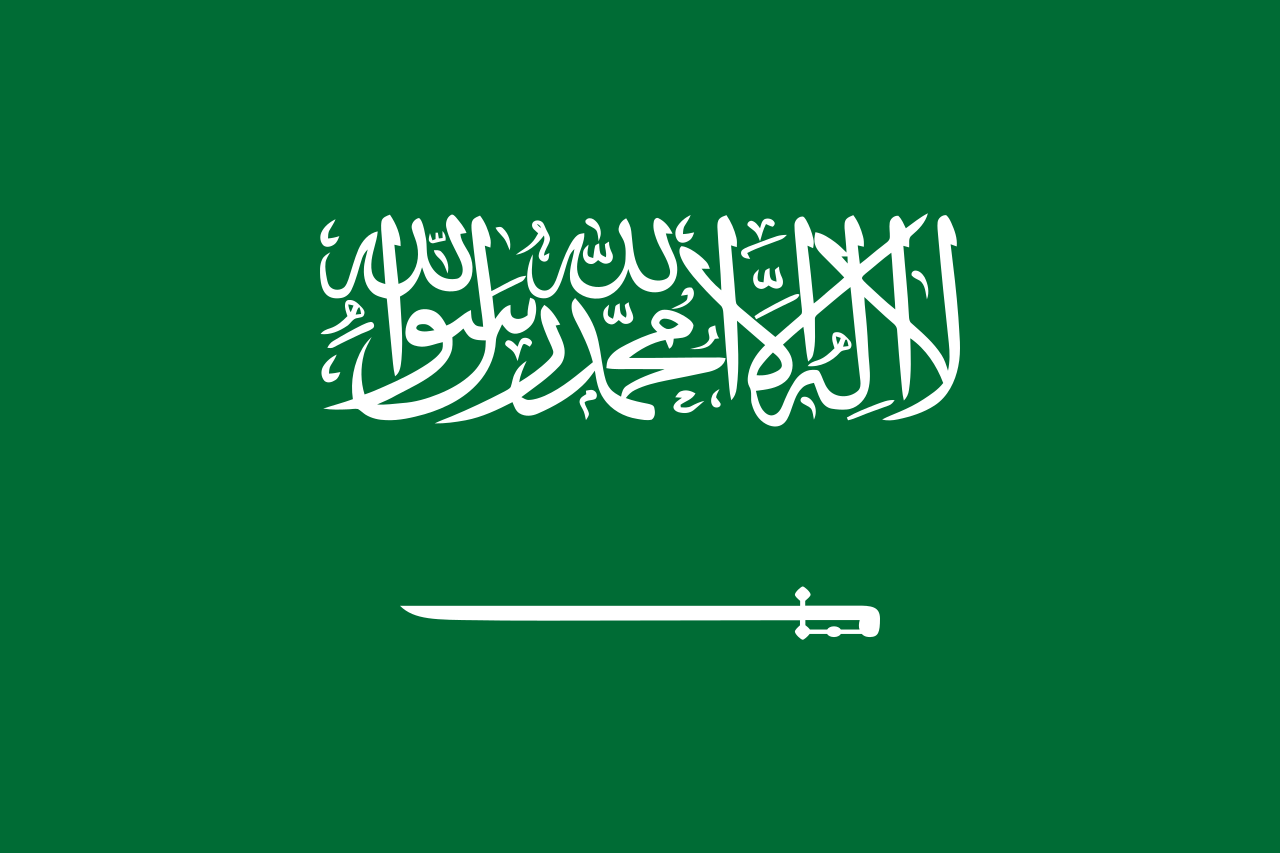Duration 5 Days
Introduction
This course covers many subjects related to electrical drawing & wiring such as components of a drawing, symbols, diagrams, CAD & management of drawing.
Who Should Attend
Electrical Engineers, Technicians and any one need to learn Electrical Drawings.
Course Objectives
- Understand Drawings components, sizes and scales.
- Recognize symbols used in electro technology and governing standards
- Differentiate between different types of diagrams
- Manage drawing process flow.
Course Outlines:
- Drawings - their relevance to engineering
- Origin of worldwide standards in electro-technology
- Purposes served by different types of drawings
- Standards in a drawing office
- Organization of a typical drawing office
- Printing and distribution - different options for making multiple copies
COMPONENTS OF A DRAWING, DRAWING SIZES AND SCALES
- What is a typical engineering drawing made up of?
- Various categories of electrical drawings
- Planning a drawing
- Title block in a drawing and what should
- a title block contain?
- Legend block
- Bill of materials block
- Drawing notes block
- Revision history, revision numbering and use of revision marks
SYMBOLS USED IN ELECTRO TECHNOLOGY AND GOVERNING STANDARDS
- Which are the drawings that need symbols?
- Symbols as per electro-technology standards - particularly IEC
- Non-standard symbols - when and why?
- Use of colors and line types in representing various services
- Company standards for drawings - why?
SINGLE LINE AND THREE LINE DIAGRAMS
- Purpose
- Typical examples
- Use of symbols
- The differences between single line and three line diagrams
- Applications
- Conventions used
SCHEMATIC DIAGRAMS
- Purpose
- Typical examples
- Use of symbols
- Applications
- Schematics spread over a number of sheets
- Cross-referencing between coils and contacts
LOGIC DIAGRAMS
- Purpose
- Typical examples
- Use of symbols
- Applications
- Logic diagrams spread over a number of sheets
- Cross-referencing
CABLING AND WIRING DRAWINGS
- Purpose
- Typical examples
- Sub types of cabling drawings
- Applications
- Conventions used
LAYOUT DRAWINGS
- Purpose
- Typical examples
- Sub types of layout drawings
- Applications
- Conventions used
ADVANCES ARISING FROM COMPUTER AIDED DRAFTING (CAD)
- Drawing office revolution by CAD and the role of PC based CAD applications
- 2-D and 3-D CAD applications and links to CAM
- Drawing to true dimensions in CAD applications
- Use of symbols, attributes and symbol libraries
- Automated bill of material generation from a CAD drawing
- Information sharing on multi-disciplinary drawings
- Concept of layers and their use in sharing information
- Automation of drawing through programming
- Linking imagery with drawings – GIS related applications
MANAGEMENT OF DRAWINGS
- Planning and assigning of drawings
- Need for drawing numbering standards
- Drawing process flow
- Revision control and ownership of drawing
- Comments and their marking
- Drawing management system for work flow control
- On-line distribution of drawings - the end of the era of paper drawings?
Drawing as a database for engineering and construction - the future
 العربية
العربية





